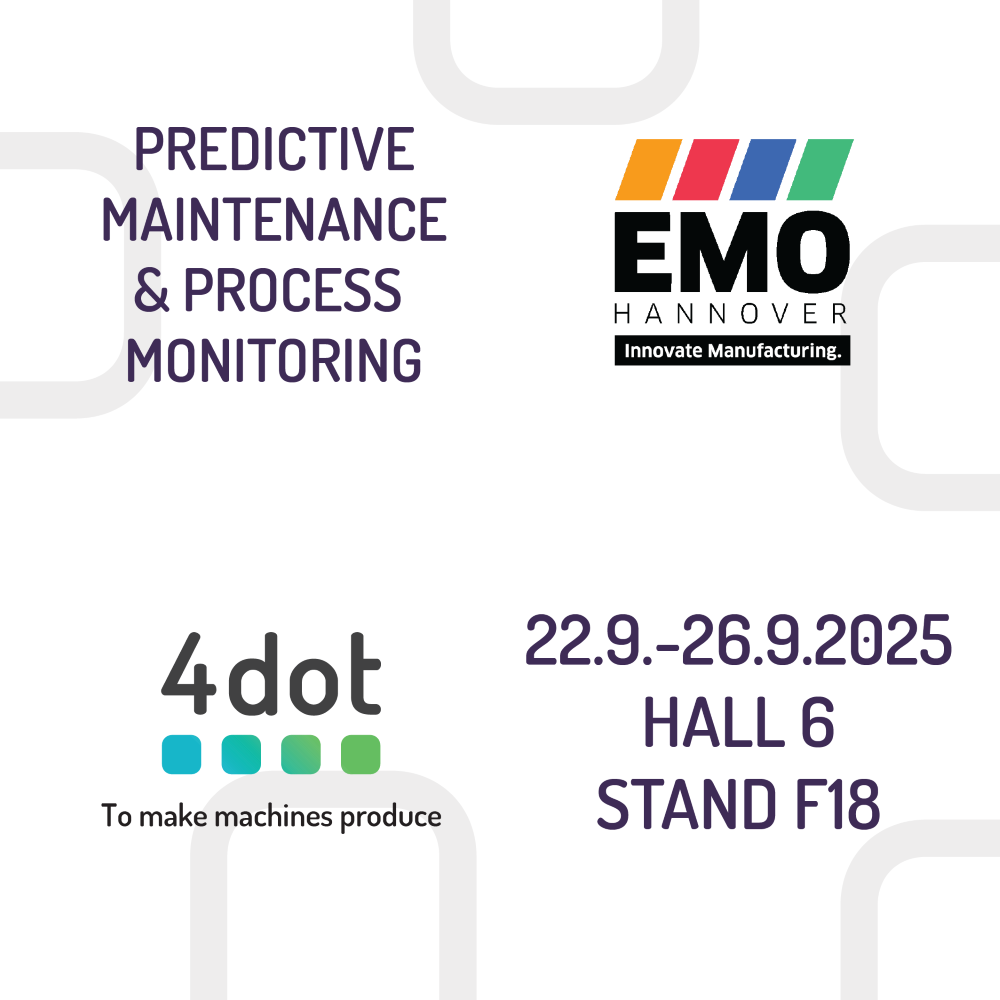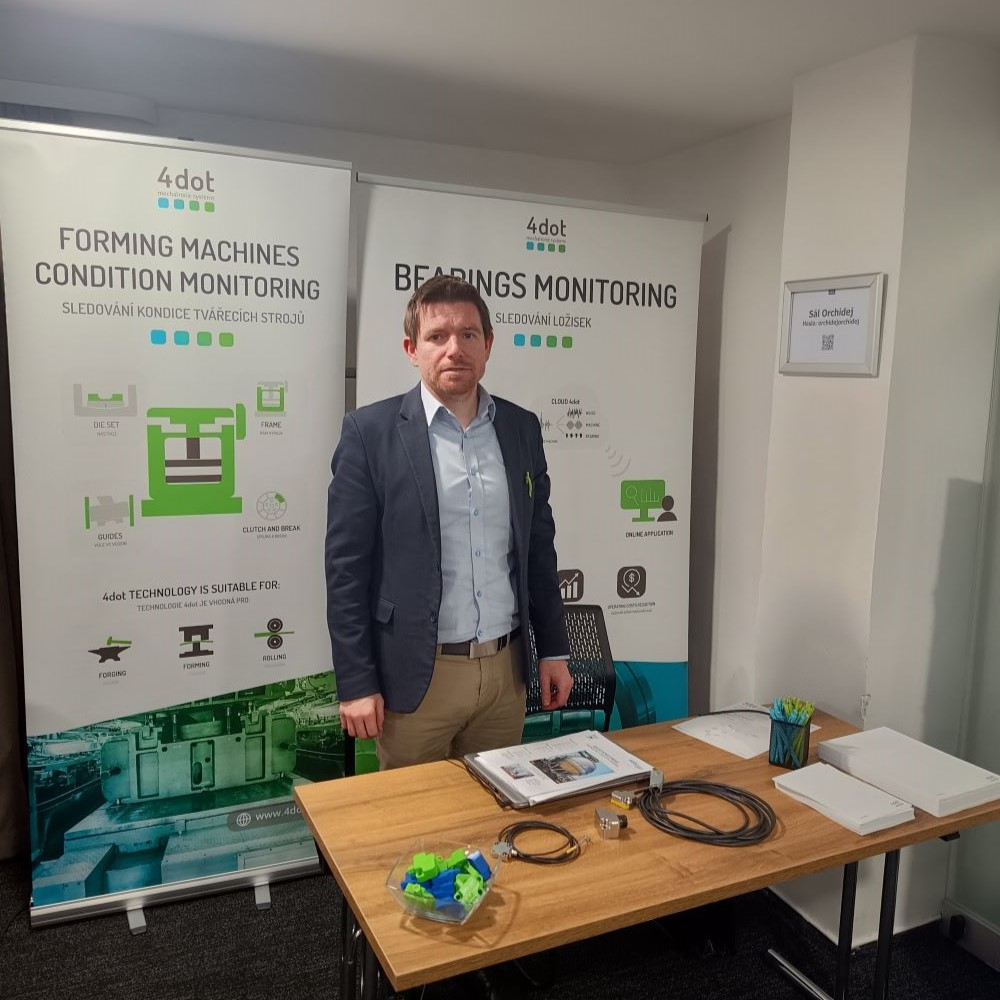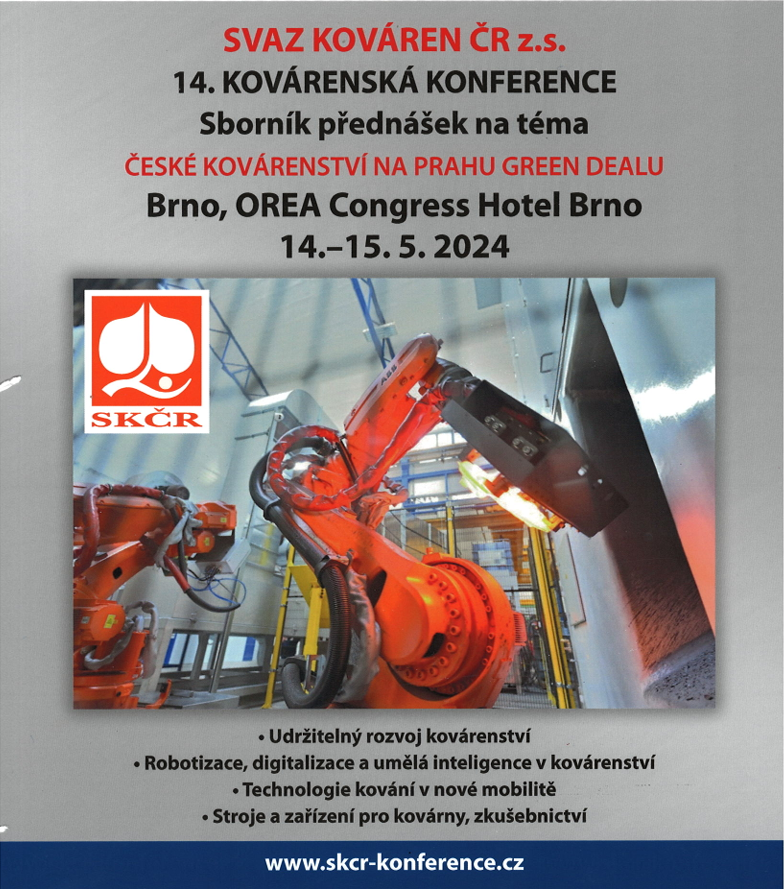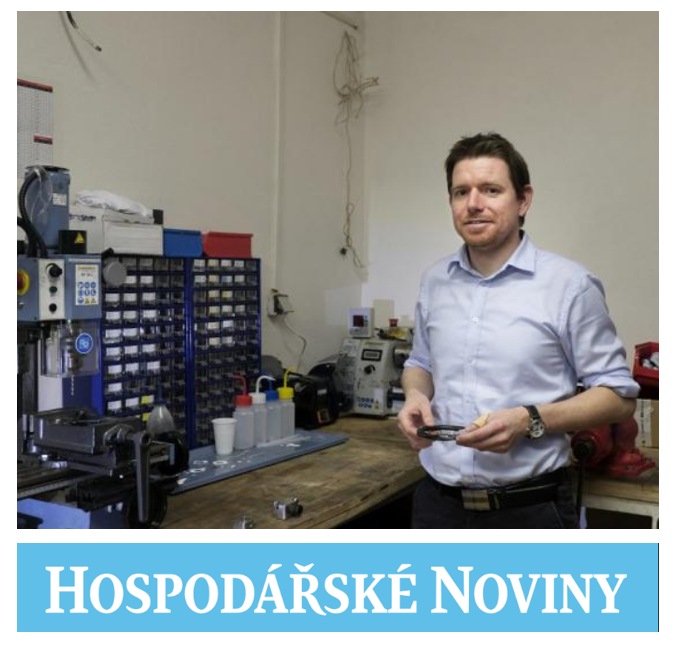


DIAGO 2025 conference
At the end of January we attended the DIAGO 2025 conference, where we gave a technical lecture, presented our technology, made new contacts and strengthened existing ones. Thanks to all participants for the good atmosphere!

Implementation of technical and process monitoring
Our article from the 14th Forging Conference deals with the possibilities of data transfer and system interconnection. The paper also gives examples of how the monitoring system has been implemented in practice, including the sensors used and the methods of data processing.

A challenge to Czechoslovak industry: Several good solutions instead of one perfect one
I have also heard countless times that we Czechs came up with the Reformation and successfully exported it to the West. And the Anglo-Saxon world, i.e. Western Europe and the United States, built its economic prosperity on it.


























